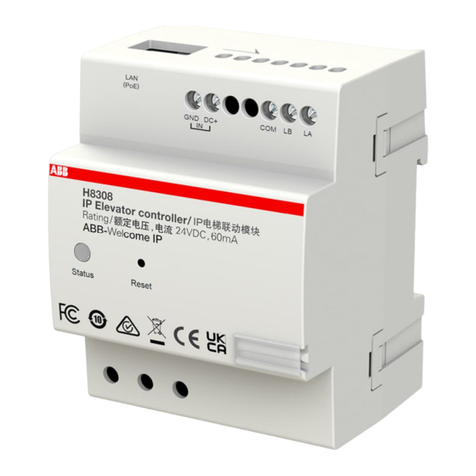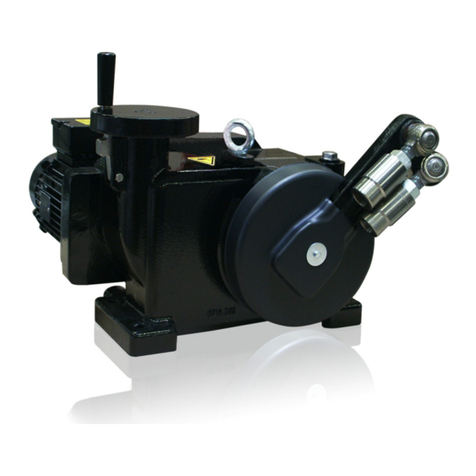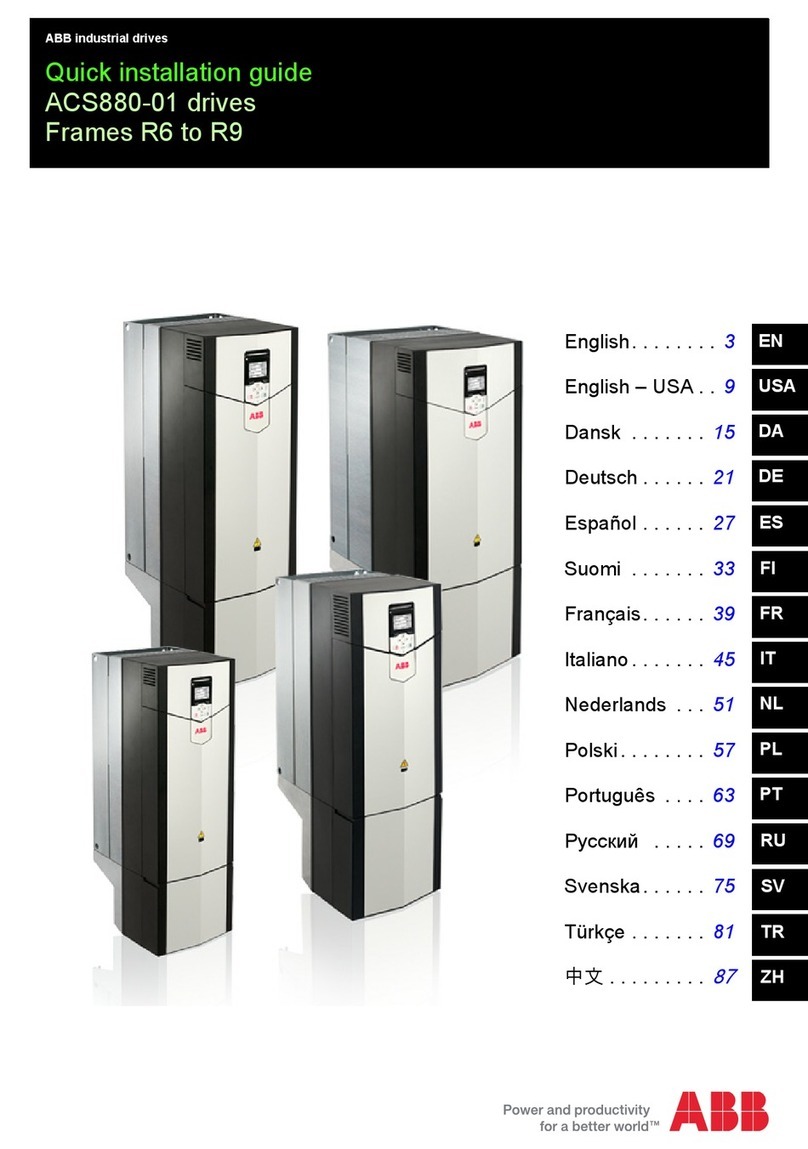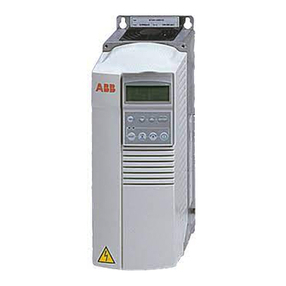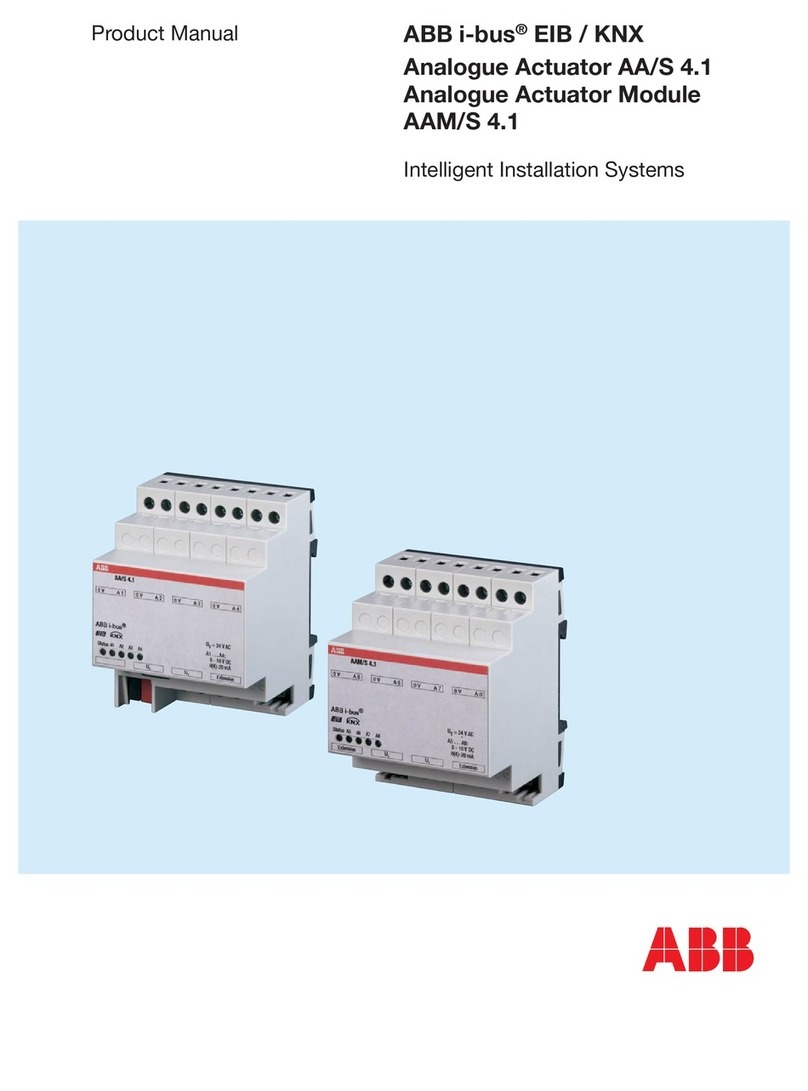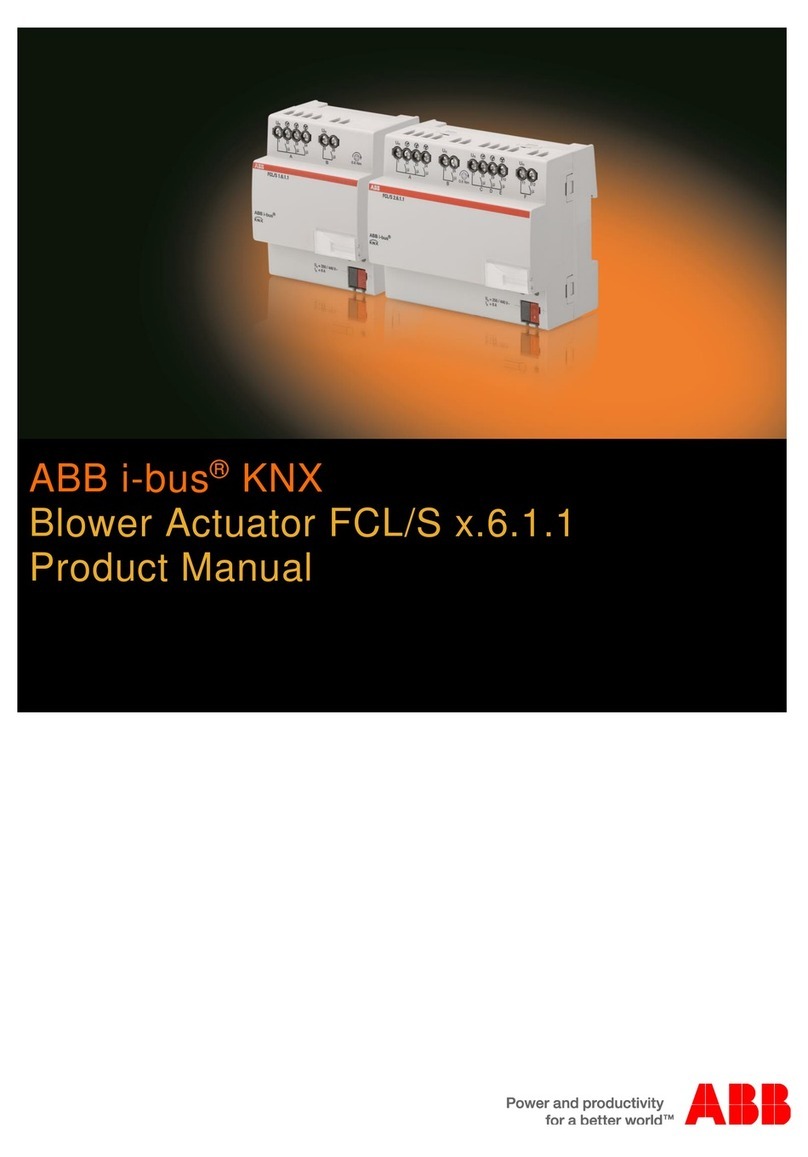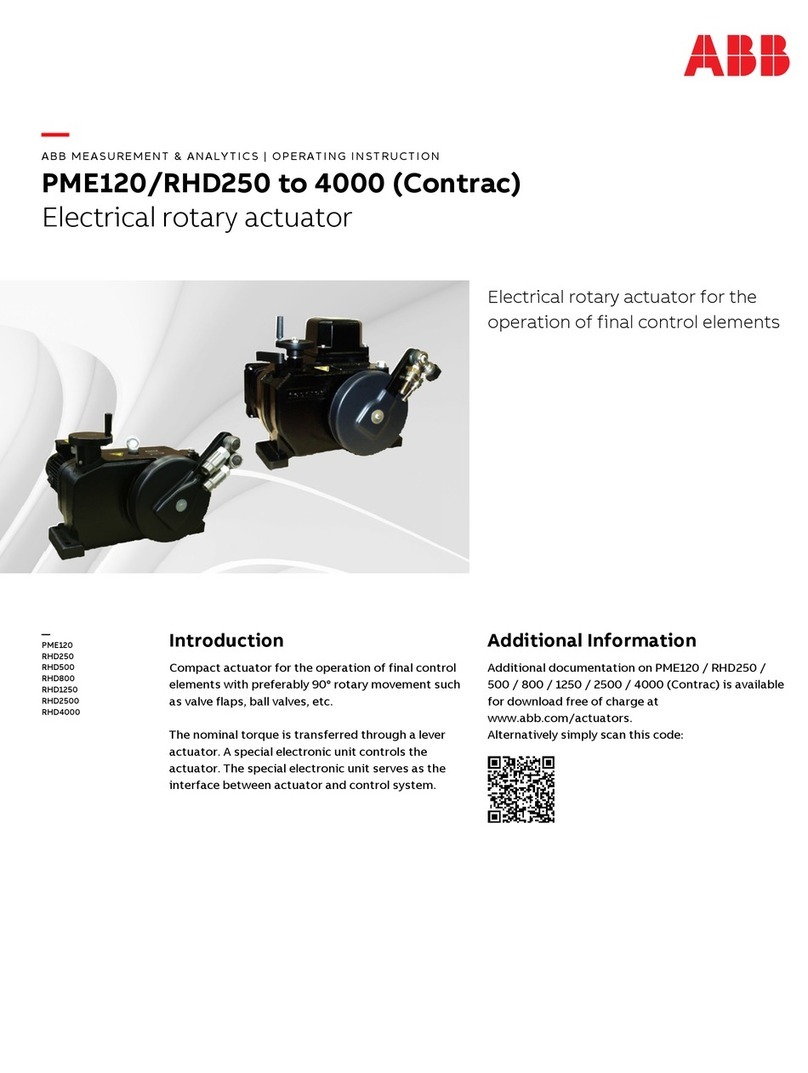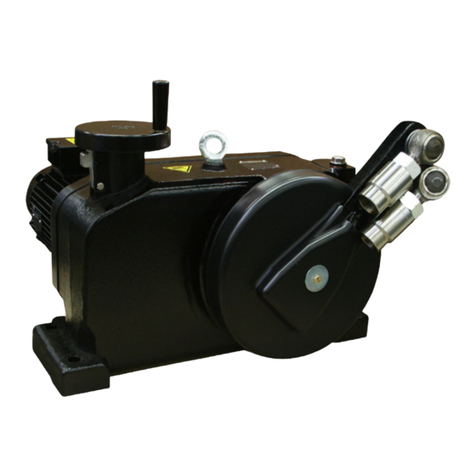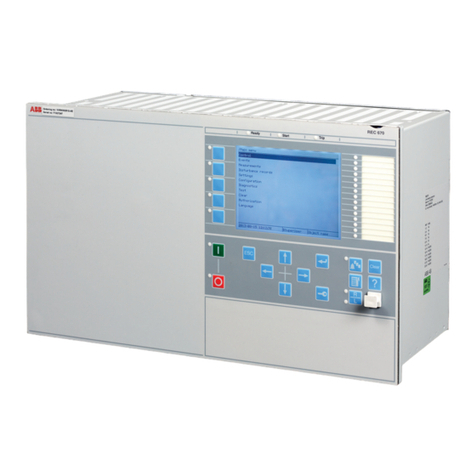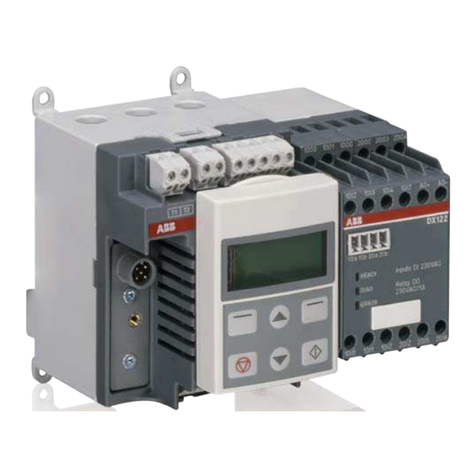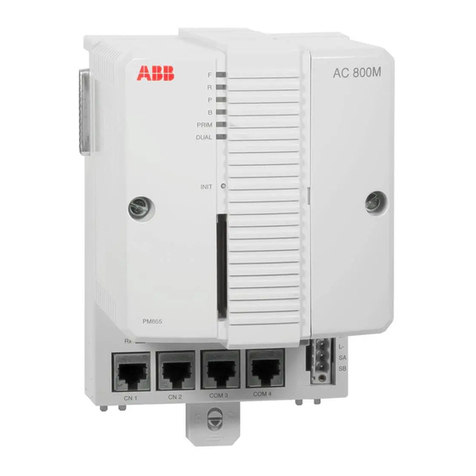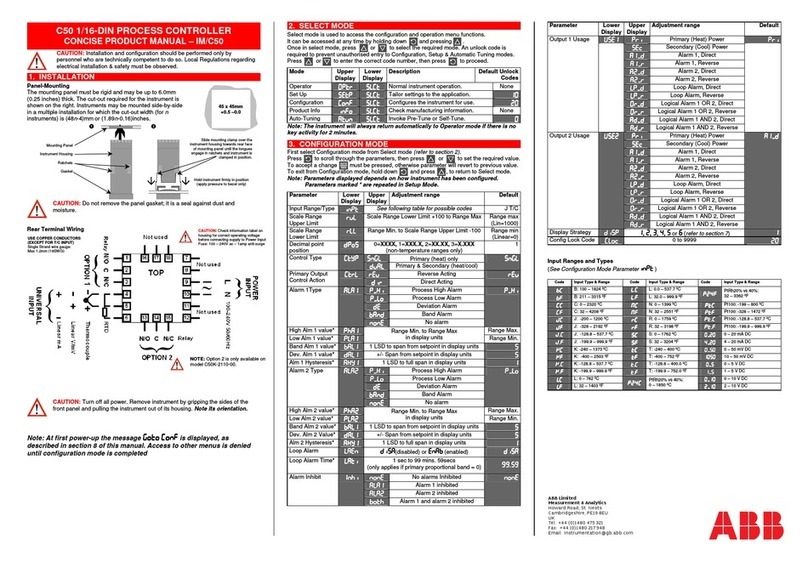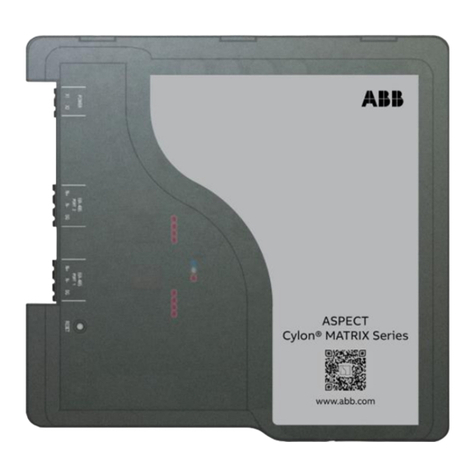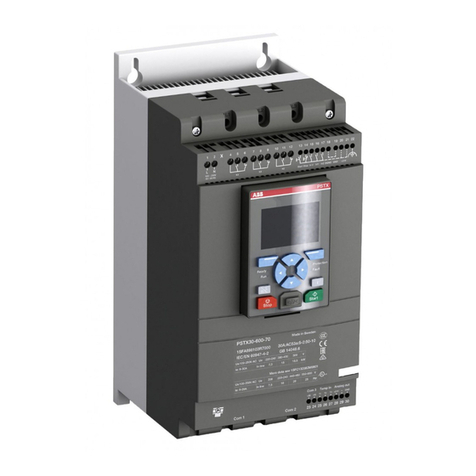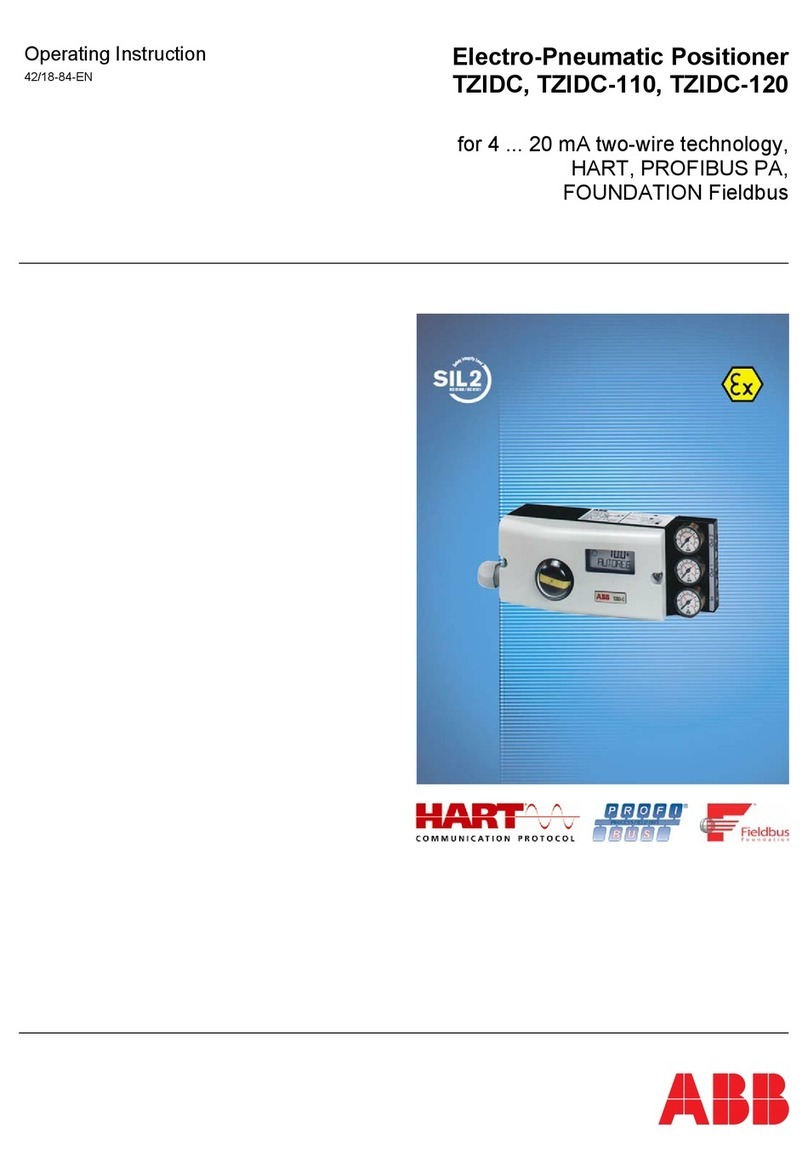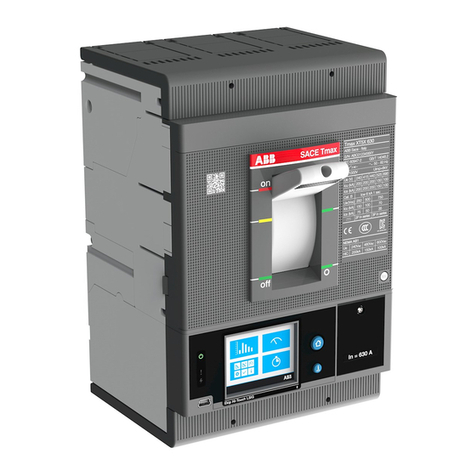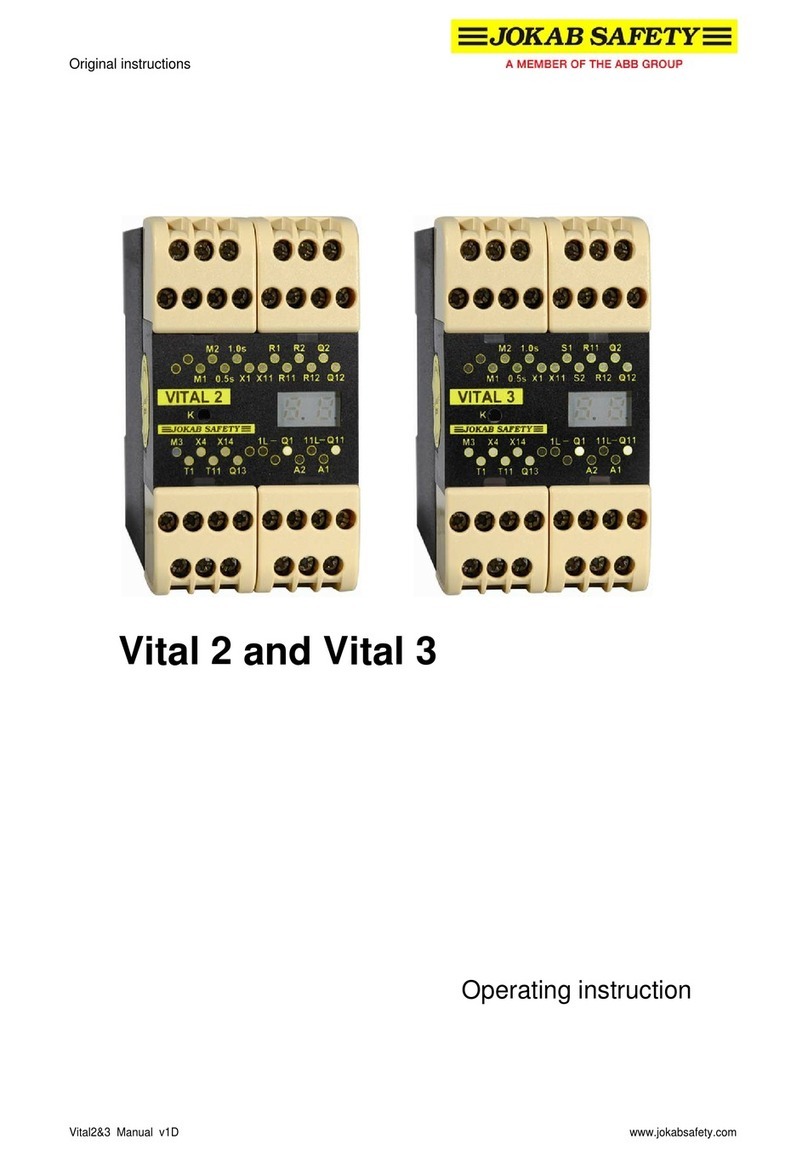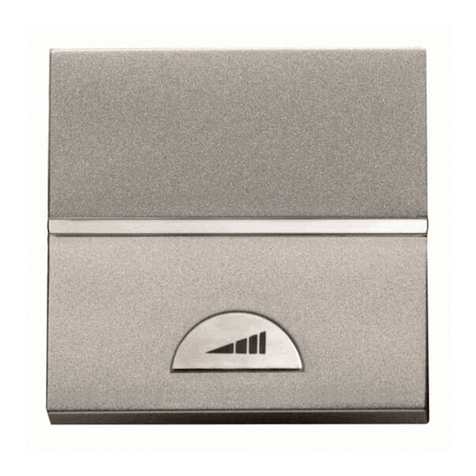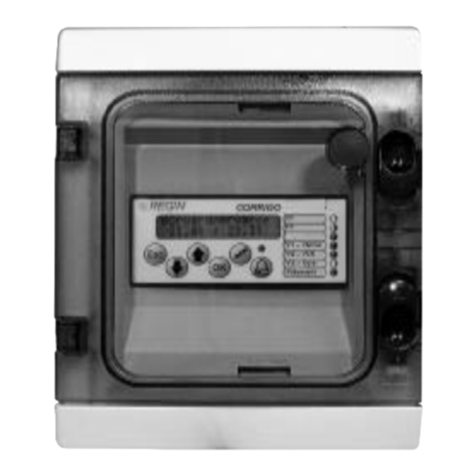
LP LINEAR PISTON ACTUATORS INSTRUCTION MANUAL
Code
Linear Pneumatic Piston Actuator
LP
For quantity greater than 3 call
1 : Cylinder Size
2-1/2 in. Diameter, 5 in. Stroke (63.5 mm x 127 mm)
10
4 in. Diameter, 4 in. Stroke (101.6 mm x 101.6 mm)
20
6 in. Diameter, 8 in. Stroke (152.4 mm x 203.2 mm) 30
6 in. Diameter, 16 in. Stroke (152.4 mm x 406.4 mm)
32
8 in. Diameter, 8 in. Stroke (203.2 mm x 203.2 mm)
40
8 in. Diameter, 16 in. Stroke (203.2 mm x 406.4 mm)
50
10 in. Diameter, 16 in. Stroke (254 mm x 406.4 mm)
60
Non Standard Option
X
2 : Cylinder Seals
Buna-N Cylinder Seals -40 … 185 °F (-40 °C … 85 °C) B
Viton Cylinder Seals 30 ... 250 °F (-1°C ... 121 °C) V
Non Standard Option X
3 : Positioner Type (See Note A)
AV15, Input 3 … 15 psi (0.2 ... 1 bar) 250 °F (121 °C) 1
AV16, Input 3 ... 27psi (0.2 ... 1.86 bar), 250 °F (121 °C) 2
AV232_ _00, 4 ... 20 mA, 185 °F (85 °C) 3
AV11, 3 ... 15 psi (0.2 ... 1 bar), 185 °F (85 °C) 4
AV12, 3 ... 27 psi (0.2...1.9 bar), 185 °F (85 °C ) 5
TZIDC, HART 4 ... 20 mA, 185 °F (85 °C), Fail Safe A
TZIDC, HART 4 ... 20 mA, 185 °F (85 °C), Fail in Place B
TZIDC-200 (Explosion proof), HART, 4 ... 20 mA, 85 °C (185 °F), Fail Safe C
TZIDC-200 (Explosion proof), HART, 4 ... 20 mA, 185 °F (85 °C), Fail in Place D
TZIDC-110, Profibus PA, 185°F (85 °C), Fail Safe K
TZIDC-110, Profibus PA, 185°F (85 °C), Fail in Place L
TZIDC-210 (Explosion proof), Profibus PA, 185°F (85 °C), Fail Safe M
TZIDC-210 (Explosion proof), Profibus PA, 185°F (85 °C), Fail in Place N
TZIDC-120, Foundation Fieldbus, 185°F (85 °C), Fail Safe P
TZIDC-120, Foundation Fieldbus, 185°F (85 °C), Fail in Place R
TZIDC-220 (Explosion proof), F. Fieldbus, 185°F (85 °C), Fail Safe S
TZIDC-220 (Explosion proof), F. Fieldbus, 185°F (85 °C), Fail in Place T
Non Standard Option X
4 : Position Feedback and Direction Control (See Note B)
No Position Feedback, Piston Retracted at 4 mA/min Input signal 0
With 4 ... 20 mA Position Feedback, Piston Retracted at 4 mA/min Input signal (Note:
1) 1
No Position Feedback, Piston Extended at 4 mA/min Input signal 2
With 4-20 mA Position Feedback, Piston Extended at 4 mA/min Input signal (Note:
1) 3
Non Standard Option X
5 : Travel Switches
No Travel Switches 0
With 2 Digital Switches in TZIDC Only (with FM / CSA Approval) (Note:
2) 1
With 2 Micro Switches in TZIDC (no FM/CSA Approval) (See Note C) (Note:
3) 2
Non Standard Option X
6 : Equalizing Manifold/Gage Block
No Equalizing Manifold or Gage Block 0
Equalizing Manifold with Gage Ports only (See Note D) (Note:
4) 1
Gage Block including Gages (for TZIDC only) No Equalizing Manifold (Note:
3) 2
Gage Block with Gage ports only (for AV only) No Equalizing Manifold (See Note D) (Note:
5) 3
Non Standard Option X
8
